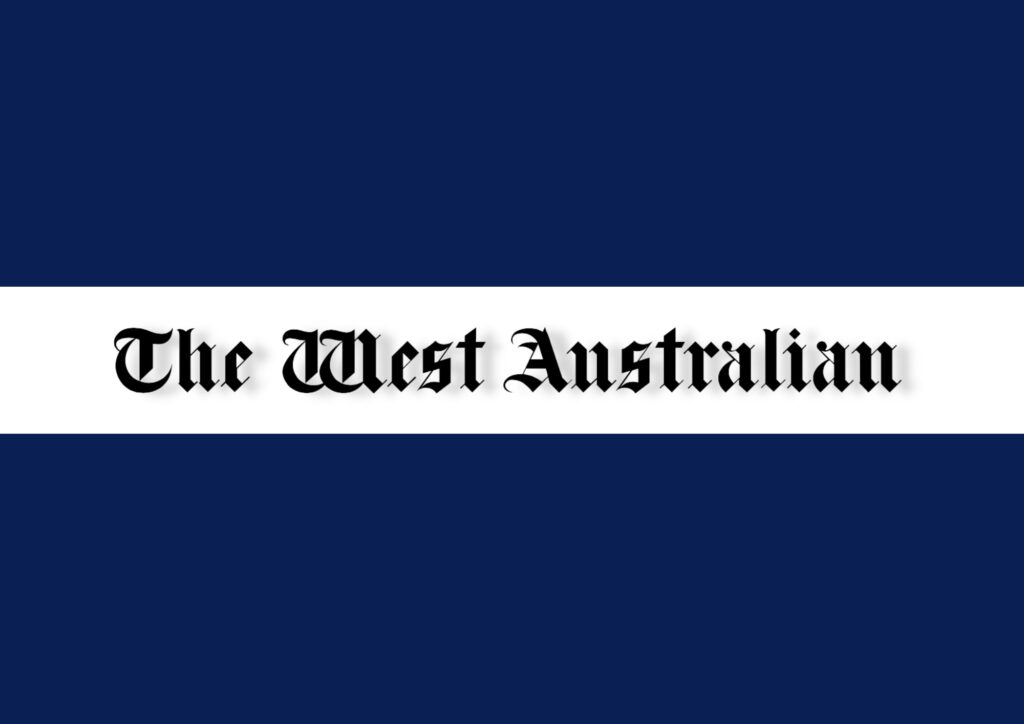
Article by Sean Smith courtesy of the West Australian.
WA is on track to record a second billion-dollar Budget boost this financial year from iron ore.
Higher-than-forecast iron ore prices have persisted deep into the 2022-23 year, swelling expected royalty income to well above levels tipped in December’s mid-year Budget review and likely pushing the State’s surplus beyond $2 billion.
With just over 3½ months of the year left, iron ore is trading at $US127/a tonne and averaging $US106.78/t, easily exceeding the State Government’s revised annual forecast of $US87.40/t in mid-December.
Every $US1/t increase in the forecast price of the State’s biggest export earner translates into an additional $90 million in royalties.
On current tracking, the stronger average price would translate into an extra $1.7b of Budget income from the 855 million tonnes expected to be exported from WA in 2022-23. That’s in the absence of a sharp price fall in the next few weeks that would materially change the full-year number.
Importantly, the average US exchange rate – a weaker Australian dollar increases the value of the royalty stream on conversion from US-dollar sale prices – remains in line with the WA Treasury’s annual forecast of US67.5¢.
The Government has upgraded its royalty take for the year from iron ore once already, increasing its forecast by $1.5b at the mid-year mark.
Lithium royalties from WA’s fast growing presence in the battery metals were also increased significantly, by $506m, though that forecast has since been tempered by softer lithium prices in 2023.
In December, the Government increased its expected 2022-23 surplus to $1.82b, up $252m on its May forecast, with the extra cash to support an increased spending program that includes higher public sector wages.
Despite typically bearish views from analysts late last year, iron ore has held steady at above $US120/t for the past two months.
The elevated prices, which have strengthened this year’s share prices at Rio Tinto, BHP and Fortescue Metals Group, have been driven by China’s faster-than-expected emergence from the tough COVID-zero policies that stymied industrial production and forced spot prices under $US80/t in early November.
The outlook has turned much better in 2023, helped also by a sharp jump in China’s steel exports in the first two months of the year, ahead of the usually busy second quarter when warmer weather in the country accelerates construction projects.
“Iron ore is in a definite sweet spot right now,” Citi analysts said last week.
Having downgraded its 2023 forecast for iron ore to $US95/t in November, the investment bank is now tipping the commodity to average $US120/t in the March quarter, falling over the other three quarters of 2023 for a yearly average of $US110/t.
Goldman Sachs is also more bullish, this week lifting its 2023 forecast by 20 per cent to $US120/t from $US100/t. It also expects iron ore to trade as high as $US150/t over the next three months based on a forecast market deficit.
A dampener emerged earlier this week with China declaring its lowest economic growth target in decades, setting a goal of “about 5 per cent” for 2023.
However, BHP chief executive Mike Henry and Fortescue Metals executive chairman Andrew Forrest have been quick to back in the Chinese economy.
“We remain quite optimistic about the pick-up of the Chinese economy in the course of the year,” Mr Henry told a business conference in Sydney on Tuesday.
But he warned that peaking Chinese demand for steel would challenge the Australian economy.